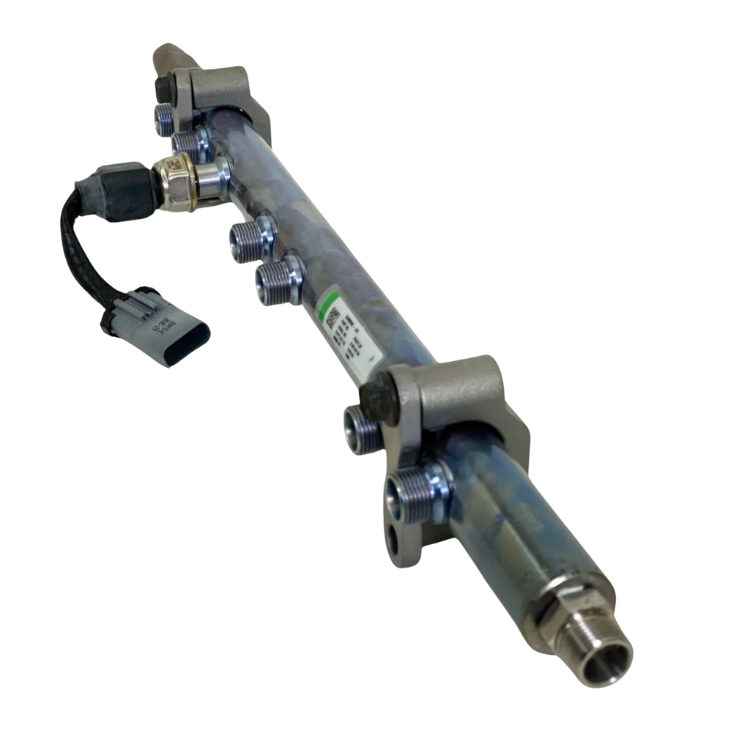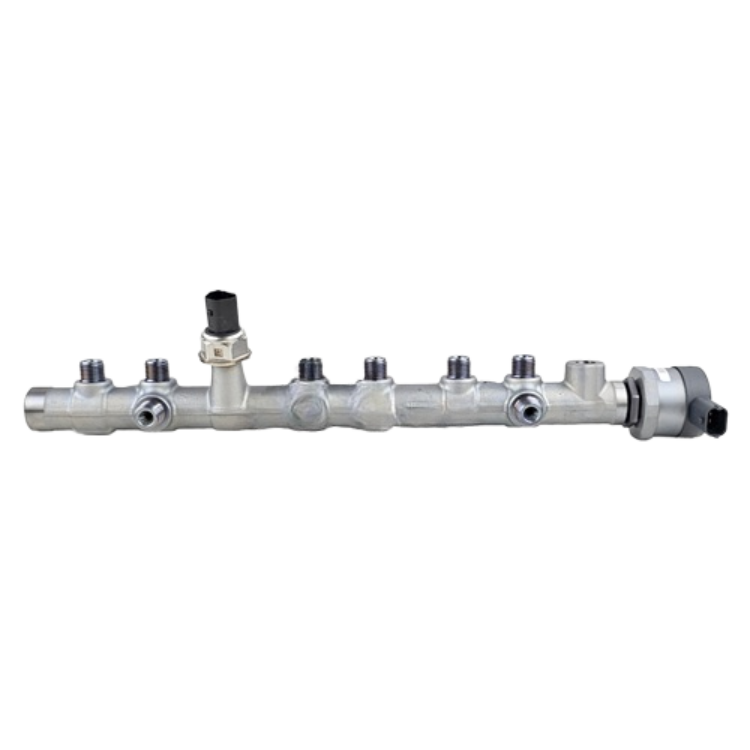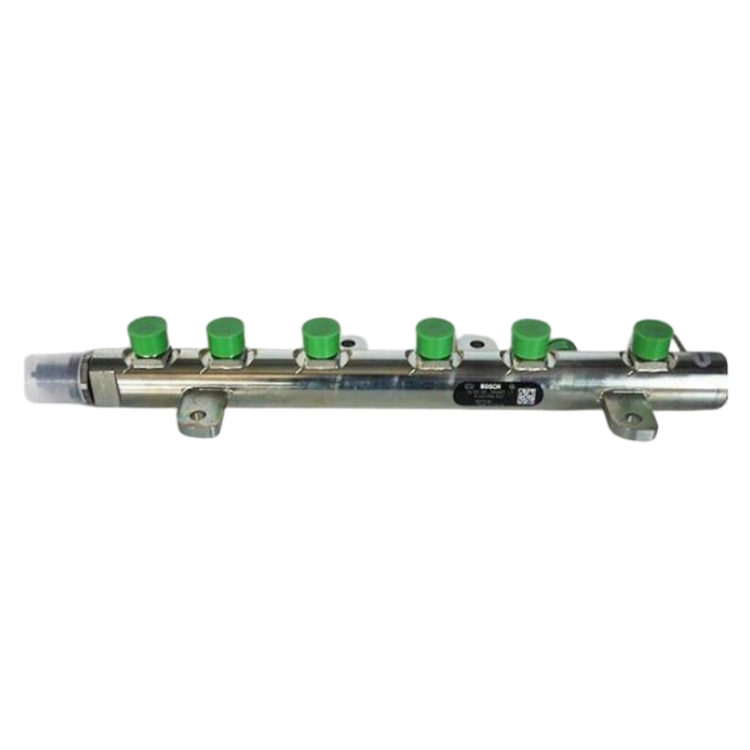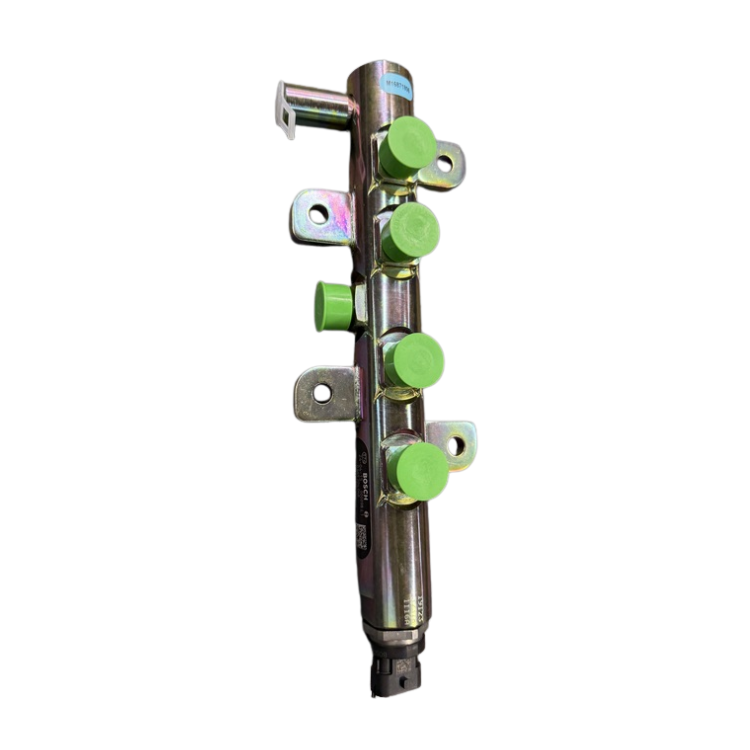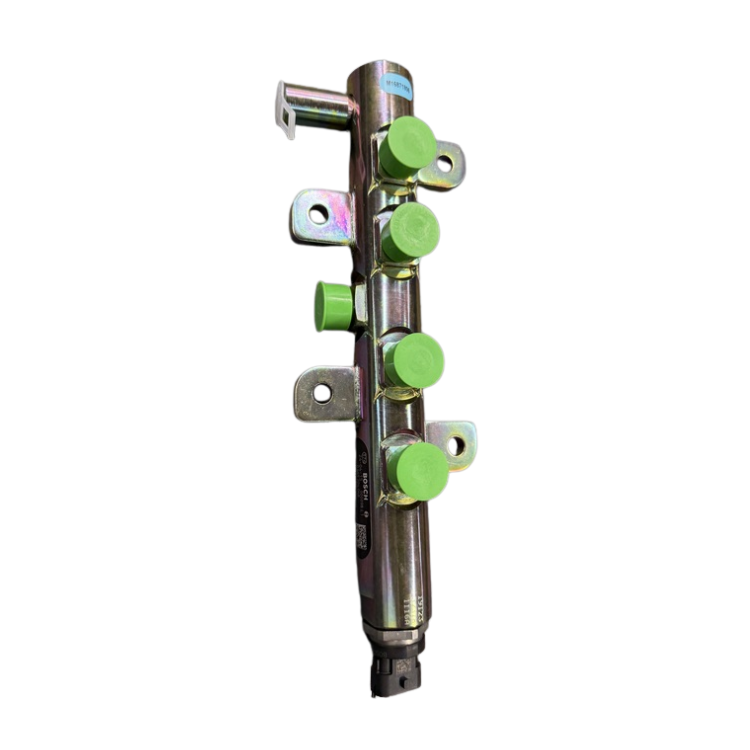The high-pressure fuel rail plays a critical role in delivering consistent fuel pressure to the injectors in modern diesel and gasoline engines. While it's built to be durable, it can still develop issues over time due to contamination, wear, or pressure fluctuations. Knowing when and how often to service the fuel rail is essential to maintaining optimal engine performance and avoiding costly repairs.
Recommended Service Intervals
-
Inspection Every 100,000 to 150,000 Miles
Most manufacturers don't specify frequent servicing for the fuel rail itself, but it's wise to inspect it around the 100,000 to 150,000-mile mark—especially if the engine operates in demanding conditions. -
When Replacing Injectors or Fuel Pump
Whenever injectors or high-pressure fuel pumps are replaced, it’s a good idea to inspect and clean the fuel rail to remove any residual debris or contaminants that may affect the new components. -
If Experiencing Fuel Pressure-Related Trouble Codes
If the engine control module (ECM) throws codes related to fuel pressure, or if symptoms like hard starting, power loss, or misfiring appear, the fuel rail should be tested and serviced. -
During Routine Fuel System Service
As part of preventive maintenance, technicians may recommend cleaning the fuel rail when servicing the fuel system—especially if fuel filter replacement intervals have been missed. -
After Fuel Contamination Incidents
If the engine has been exposed to poor-quality or contaminated fuel, immediate inspection and cleaning of the high-pressure fuel rail are recommended to prevent long-term damage.
Why Servicing the Fuel Rail Matters
-
Prevents Injector Damage
Clean fuel rails help ensure even fuel distribution and reduce stress on fuel injectors. -
Protects Against Clogs and Pressure Drops
Internal residue or debris can reduce fuel pressure and cause uneven injector performance, leading to rough idling or reduced power. -
Improves Overall Fuel System Efficiency
Maintaining a clean, leak-free rail ensures optimal spray pattern and combustion, supporting engine efficiency and emission control.
While the high-pressure fuel rail isn’t a component that requires frequent direct maintenance, it should be inspected and cleaned at key milestones or when other parts of the fuel system are being serviced. By incorporating fuel rail checks into your broader maintenance routine, you help ensure consistent performance, longer injector life, and reliable fuel delivery for the long haul.






